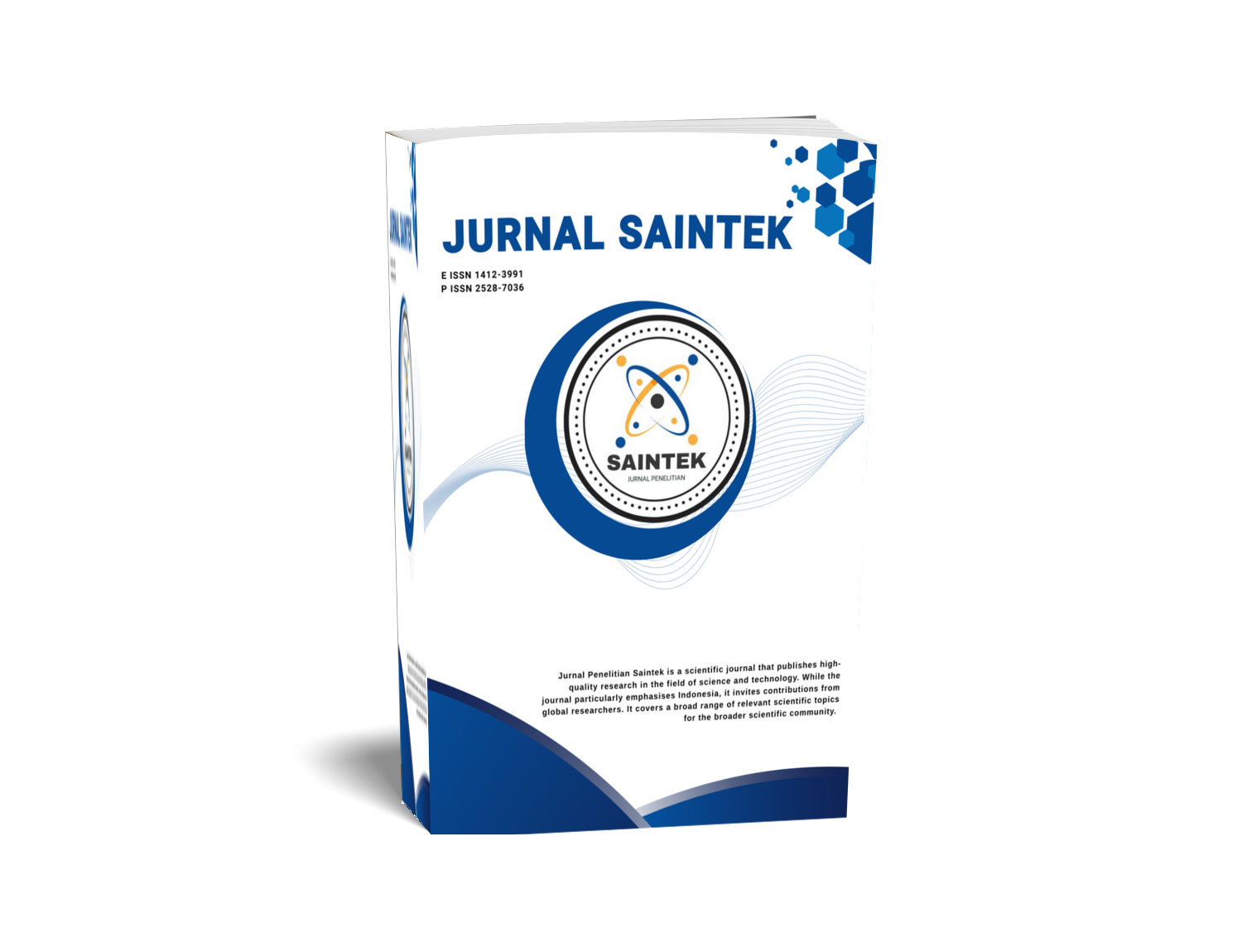INCREASING CAROTEN IN SWEET BREAD WITH PUREE SUBSTITUTION OF ORANYE ORDER PALM IN WHEAT FLOUR
DOI:
https://doi.org/10.21831/jps.v16i2.3386Keywords:
orange-fleshed sweet potato, puree, carotene, breadAbstract
The objectives of this study were to investigate : 1) the process for making orange-fleshed sweet potato puree, 2) substitution of orange-fleshed sweet potato puree to wheat flour in bread making, 3) evaluation of consumer preference to bread of orange-fleshed sweet potato puree (roti manis puree ubi jalar oranye-RMP), 4) total carotene changes during RMP making, 5) total carotene and texture differences between bread (roti manis standar-RMS) and RMP, and 6) economic liability of RMP. Hedonic test was carried out by preference test using 80 panelists. Moisture content was analyzed using gravimetric method, texture was analyzed using Lloyd, and total carotene content was analyzed using spectrophotometer method. Research design was completely randomized design, duplicate samples and triplicate analysis. One way anova was carried out to analyze data of total carotene and followed by LSD test, while t-test was carried out to determine significant differences of total carotene and texture between RMS and RMP. P values < 0.05 were considered statistically significant. Economic liability was determined using price and BEP. Results showed that: 1) processing steps for making puree were cleaning, steaming, peeling, and mashing, 2) maximal incorporation of puree for making RMP was 60%, 3) consumer preference to RMP 60% was the same as to RMP 40 and 50%, 4) total 13 110 carotene decreased 37,9% during RMP making, 5) total carotene of RMP was higher than RMS, while the texture was softer, and 6) RMP was economically liable.
References
Apraidji, W.H. (2006). Ubi jalar. www. pondokrenungan.com. Diakses 25 Maret 2006.
Bengtsson, A., A. Namutebi, M.L. Alminger, dan U. Svanberg. (2008). "Effects of various traditional processing methods on the all-trans-È•-carotene content of oranye-fleshed sweet potato". J. Food Composition and Analysis, 21(2): 134- 143.
Bovell-Benjamin, A.C. (2007). "Sweet potato: a review of its past, present, and future role in human nutrition". Advances in Food and Nutrition Research, 52: 1- 59.
Chandler, L.A. dan S.J. Schwartz. (1988). "Isomerization and losses of trans-È•- carotene in sweet potatoes as affected by processing treatments". J. Agric. Food Chem., 36: 129-133.
Daniels-Zeller, Debra. (1999). "Sweet and savory sweet potatoes". Vegetarian Journal Nov/Dec 1999. www.vrg.org. Diakses 24 Maret 2006.
Duffuor, S.K. (2004). "Sweet potato can be developed as foreign exchange earner". Daily Graphic, 13 April 2004.
Food & Nutrition Board. (2004). Institute of Medicine. National Academies. Dietary Reference Intakes (DRIs) : Recommended Intakes for Individuals. Washington, DC: National Academy Press.
Grabowski, J.A., V.D. Truong, dan C.R. Daubert. (2008). Nutritional and reological characterization of spray dried sweetpotato powder. LWT, 41 : 206-216.
Jusuf, M. (2003). "Breeding improved sweet potato varieties in Indonesia". http:// www.papuaweb.org/dlib/tema/ubi/psp2003-jusuf.pdf. Diakses 5 Maret 2007.
Kidmose, U., L.P. Christensen, S.M. Agili, dan S.H. Thilsted. (2007). "Effect of home preparation practices on the content of provitamin A carotenoids in coloured sweet potato varieties (Ipomoea batatas Lam.) from Kenya". Innovative Food Science and Emerging Technologies, 8 (3) : 399-406.
Oniang'o, R. (2007). "Editorial". www. ajfand. net. Diakses 5 Maret 2007.
Rukmana, R. (1997). Budidaya ubi jalar dan pasca panen. Yogyakarta: Penerbit Kanisius.
Saleh, N. Dan K. Hartojo. (2003). "Present status and future research in sweetpotato in Indonesia". http://www.eseap.cipotato. org/MF-ESEAP/Publications/PSP-2003/ 14-Nasir-Status%20&%20Future%20SP. pdf. Diakses 26 Maret 2006.
Shih, F.F., V.D. Truong, dan K.W. Daigle. (2006). "Physicochemical properties of gluten-free pancakes from rice and sweet potato flours". J. Food Quality, 29: 97- 107.
Slamet, D. Sabita, M. K. Mahmud, Muhilal, D. Fardiaz, dan J.P. Simarmata. (1990). Pedoman analisa zat gizi. Depkes RI Direktorat Bina Gizi Masyarakat.
Suda, I.,T. Oki, M. Masuda, M. Kobayashi, Y. Nishiba, dan S. Furuta. (2003). "Physiological functionality of purplefleshed sweet potatoes containing anthocyanins and their utilization in foods". http://ss.jircas.affrc.go.jp/engpage/jarq/3 7-3/37-03-04.pdf. Diakses 5 Maret 2007.
Sudarmadji, S., Suhardi, dan B. Haryono. (1997). Prosedur analisa bahan makanan dan pertanian. Yogyakarta: Penerbit Liberty.
Swastha, B. dan Irawan. (2002). Manajemen pemasaran modern. Yogyakarta: Liberty.
Van Jaarsveld, P.J., D.W. Marais, E. Harmse, P. Nestel, dan D.B. Rodriguez-Amaya. (2006). "Retension of È•-carotene in boiled, mashed oranye-fleshed sweet potato". J. Food Composition and Analysis, 19(4): 321-329.
Van Jaarsveld, P.J., M. Faber, S.A. Tanumihardjo, P. Nestel, C.J. Lombard da A.S. Benade. (2005). "È•-Carotene-rich oranye-fleshed sweet potato improves the vitamin A status of primary school children assessed with the modifiedrelative-dose-response test". Am. J. Clin. Nutr. 81(5): 1080-1087.
Downloads
Published
How to Cite
Issue
Section
Citation Check
License
Who Can Submit?
Any individual may submit an original manuscript for consideration for publication in Jurnal Penelitian Saintek as long as they hold the copyright to the work or are authorized by the copyright owner(s) to submit it. Authors retain initial ownership of the copyrights to their works prior to publication, except in cases where, as a condition of employment, they have agreed to transfer copyright to their employer.
User Rights
Jurnal Penelitian Saintek is an Open Access journal. Users are granted the right to read, download, copy, distribute, print, search, or link to the full texts of articles, provided they comply with the conditions of the Creative Commons Attribution-ShareAlike License 4.0 (CC BY-SA 4.0).
https://creativecommons.org/licenses/by-sa/4.0/
Author Rights
Authors retains copyrights.
Jurnal Penelitian Saintek by http://journal.uny.ac.id/index.php/saintek is licensed under a Creative Commons Attribution-ShareAlike 4.0 International License.









